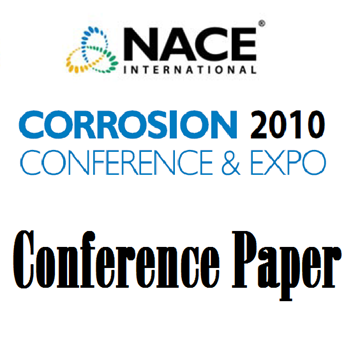Search
10187 Corrosion of the 304L Stainless Steel Trays in an Amine Unit
Also Purchased
00698 AGGRESSIVE CORROSION OF 316 STAINLESS STEEL IN AN AMINE UNIT: CAUSES AND CURES
Product Number:
51300-00698-SG
ISBN:
00698 2000 CP
$20.00
09334 Failure of Amine Regenerating Column of Amine Treatment Unit
Product Number:
51300-09334-SG
ISBN:
09334 2009 CP
Publication Date:
2009
$20.00
10183 Prediction and Assessment of Rich Amine Corrosion Under Simulated Refinery Conditions
Product Number:
51300-10183-SG
ISBN:
10183 2010 CP
Publication Date:
2010
$20.00




